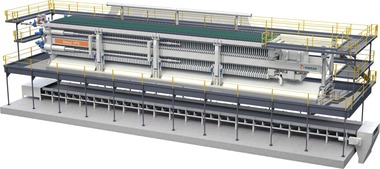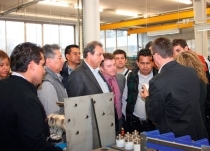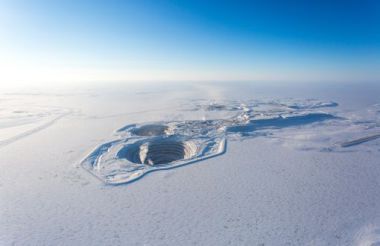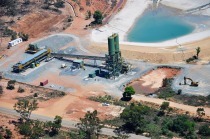Safe and sustainable mining with ISO standards
Prof. Sun Joon Kim, Chair of ISO/TC 82/SC 7, Mine reclamation management, said: “The antagonism between the developers, who put the priority on profit, and the local residents concerned about environmental destruction and damage to local communities can sometimes grow into a conflict that is beyond reasonable mediation. International Standards for mining reclamation management can be beneficial as they help avoid excessive claims or profits from one side, leading to a win-win situation.”
While many countries have good local standards in place, a global approach has been missing up until now. Managing a reclamation activity is very complex; it begins long before any mining actually starts and does not stop for many years after the last ore or coal has been mined. New mining projects are in general strictly assessed and a reclamation plan is compulsory, but a common global standard on how to manage this is not available yet. As Reinhard Reinartz, Chair of ISO/TC 82, Mining, explained: “Mining reclamation is a very wide field; generally, it includes the ongoing and subsequent reintegration of the mining-affected areas into the environment during and after the end of mining activities. Many topics have to be considered with a long-term view, such as hydrology, contamination levels of water, tailings, soil and slope stability, deconstruction of buildings, etc.”
Future standards for different and stronger mining
Developing standards in the mining sector is a big challenge and will be one of the future tasks of the ISO technical committee. In this regard, Prof. Sun Joon Kim highlighted, “The aim of standardization of mining reclamation management is not to define special technologies or criteria, but to suggest a general guideline that can be applied universally. Under this general guideline, it can be broken down in more detailed fields and standards that meet each situation can be developed; if necessary, special situations must be standardized separately.” Reinhard Reinartz clarifies: “The first and most important step is for ISO/TC 82 to identify and understand in detail these different needs; then we will be able to identify common ground with other topics and fields, making sure we are not isolating issues. For this reason, we extensively liaise with related ISO technical committees, especially in the field of machinery. Common working groups are established to exchange findings and to agree on next steps and, ultimately, where possible, a common interdisciplinary standard.”
The mining industry is currently indispensable for meeting today’s energy requirements and can play a fundamental role in many national economies. It must, however, satisfy environmental requirements and the indiscriminate exploitation of limited resources cannot be considered at the expense of future generations.
Best practices to adopt when a mine closes
Even though mining reclamation management is thoroughly done during operation, it is a general characteristic of mining reclamation that potential damages are observed for a long time after closing mines. And it is usual that a boosted regional economy due to the mining industry declines very rapidly after closing those mines and the region faces cavitations. According to experts:
The mining reclamation management must be supported by government and developers together and the opinions of local residents must be actively reflected in the process.
Government and mine operators must prepare measures for the control and monitoring of the environment, the utilization of closed mines, the activation of the regional economy, and the budget for the project at the time of closing the development.
Government and mine operators must prepare for the local residents, who could potentially be impacted by mine closings, an official communication channel to allow interaction between all stakeholders. For example, public hearings are a proven tool to ensure open communication.






